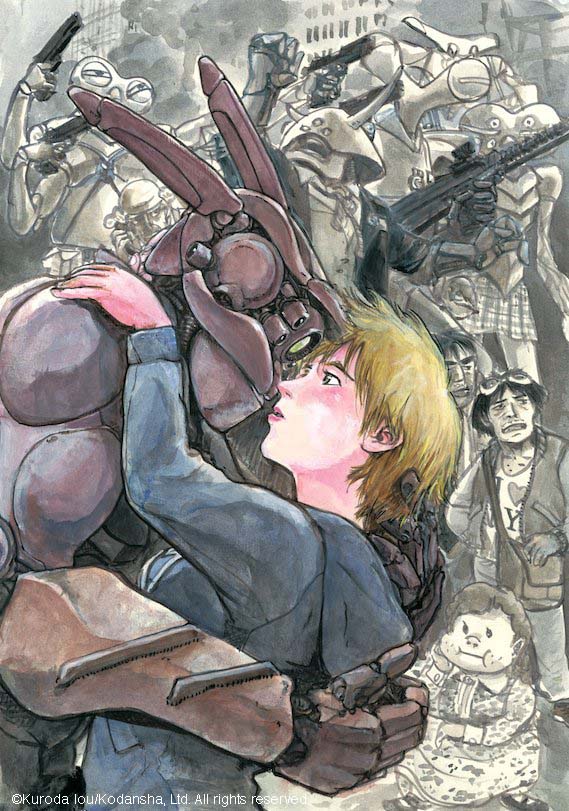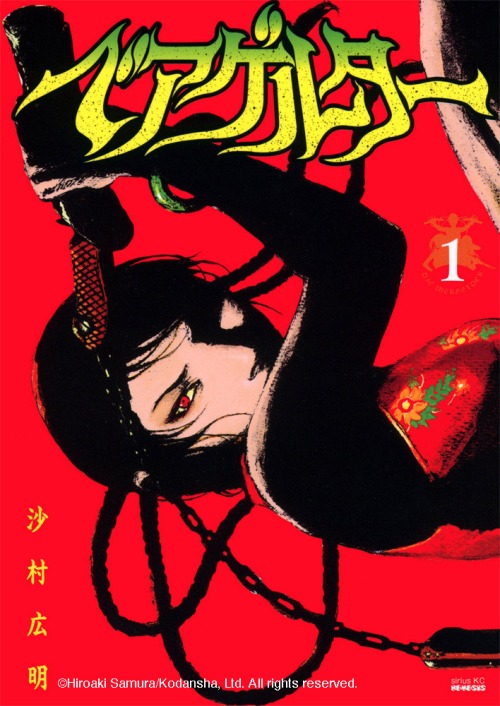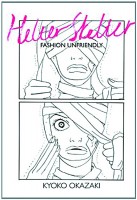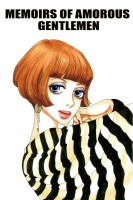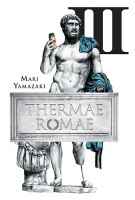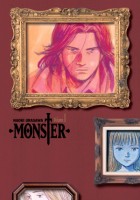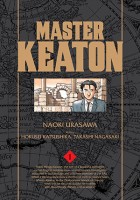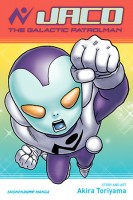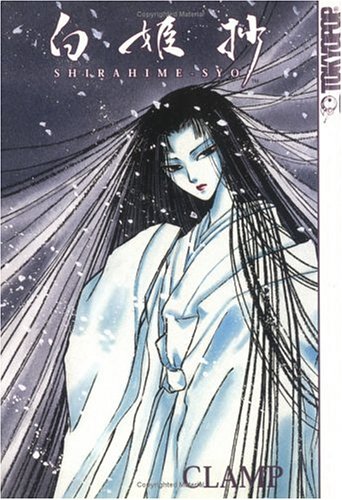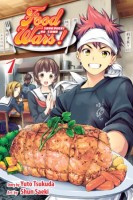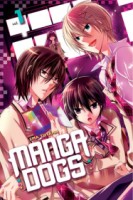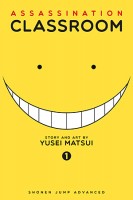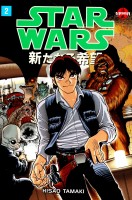 If the phrase “manga Star Wars” is music to your ears, you’ll be happy to learn that ComiXology has just reissued manga adaptations of the original trilogy and The Phantom Menace. (Hey, the manga’s gotta be better than Episode One, right?)
If the phrase “manga Star Wars” is music to your ears, you’ll be happy to learn that ComiXology has just reissued manga adaptations of the original trilogy and The Phantom Menace. (Hey, the manga’s gotta be better than Episode One, right?)
According to the Yano Research Institute, manga accounted for almost 80% of the overall digital book market in Japan last year.
Diamond Comics just released its annual sales rankings. Not surprisingly, Attack on Titan dominated the list of 2014’s best-selling manga, along with such perennial favorites as Bleach, Naruto, and Yu-Gi-Oh.
Vertical Comics just confirmed that it will be publishing Hajime Segawa’s Tokyo ESP, which is currently running in the pages of Monthly Shonen Ace. Look for the first volume in fall 2015.
Erica Friedman posts a eulogy for the short-lived Waai! magazine, which featured stories and manga about “Otoko no ko,” boys who dress as girls.
Justin Stroman offers ten bold predictions for the manga publishing industry in 2015.
Good news for digital manga enthusiasts: Crunchyroll’s premium membership now includes access to its growing manga library.
News from Japan: To commemorate the 30th anniversary of Appleseed‘s original publication, Book Walker and Amazon JP are releasing a new digital edition of Masamune Shirow’s debut work.
Hiro Mashima will publish a new full-color story for Monthly Fairy Tail magazine; look for “Aoneko Happy” (Happy the Blue Cat) in the February 17th edition.
After a bout with serious illness, manga-ka Tite Kubo told fans that Bleach will be on a brief hiatus; no new chapter will appear in the January 19th edition of Weekly Shonen Jump.
Reviews: What should you be reading on Crunchyroll? Jason Thompson investigates. Over at The Comics Journal, Joe McCulloch looks at the latest manga by Suehiro Maruo. Needless to say, some of the images are NSFW, no matter how chill your office may be.
Alice Vernon on vols. 1-3 of Bloody Cross (Girls Like Comics)
Chris Kirby on vol. 24 of D.Gray-Man (The Fandom Post)
Alice Vernon on vols. 1-2 of Durarara!! Yellow Scarves Arc (Girls Like Comics)
Sheena McNeil on vol. 4 of Gangsta (Sequential Tart)
Leroy Douresseaux on vol. 9 of Happy Marriage?! (Comic Book Bin)
Leroy Douresseaux on Jaco the Galactic Patrolman (Comic Book Bin)
Joseph Luster on vol. 1 of JoJo’s Bizarre Adventure: Phantom Blood (Otaku USA)
Sheena McNeil on vol. 1 of Kiss of the Rose Princess (Sequential Tart)
Anna N. on vol. 2 of Kiss of the Rose Princess (Manga Report)
Toshi Nakamura on The Literacy of Nana (Kotaku)
Sakura Eries on vol. 1 of Manga Dogs (The Fandom Post)
Thomas Maluck on The Manga Guide to Linear Algebra (No Flying No Tights)
Ash Brown on vol. 1 of Mushishi (Experiments in Manga)
Sean Gaffney on vol. 1 of My Neighbor Seki (A Case Suitable for Treatment)
Ken H. on vol. 1 of My Neighbor Seki (Sequential Ink)
Ryotaro Aoki on vol. 14 of Neon Genesis Evangelion (Otaku USA)
Sean Gaffney on vol. 73 of One Piece (A Case Suitable for Treatment)
Jessikah Chautin on vols. 1-5 of Puella Magi Kazumi Magica: The Innocent Malice (No Flying No Tights)
Phillip Anthony on vol. 2 of Skip Beat! 3-in-1 (Manga Bookshelf)
Matthew Warner on vol. 3 of Terraformars (The Fandom Post)
Sheena McNeil on vol. 24 of Toriko (Sequential Tart)
Lori Henderson on vol. 1 of Vinland Saga (Good Comics for Kids)
Matthew Warner on vol. 4 of What Did You Eat Yesterday? (The Fandom Post)
Johanna Draper Carlson on vol. 6 of What Did You Eat Yesterday? (Manga Worth Reading)
Erica Friedman on Yuridori Midori (Okazu)
